How to grow Colchicum
Colchicum, also known as Naked ladies or Autumn Crocus, unusually flower in autumn, with their grass-like foliage not appearing until late winter and spring.
Cormous perennials well-suited to growing in containers, under trees, amongst shrubs or along walkways, they are attractive to pollinators, providing a late source of pollen.
Growing to between 10-50cm tall, dependent on the variety, a peculiarity of the family is that when cut to bring inside your home, they do not need water – you can even grow the corms on a windowsill, in a saucer with no compost or water.
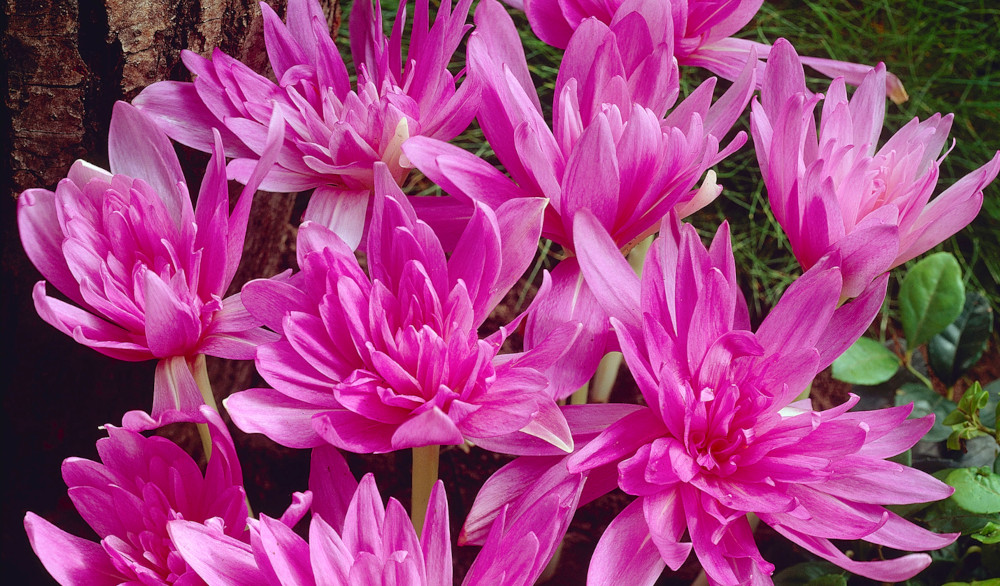
Key Information
Soil pH
Position
Hardiness

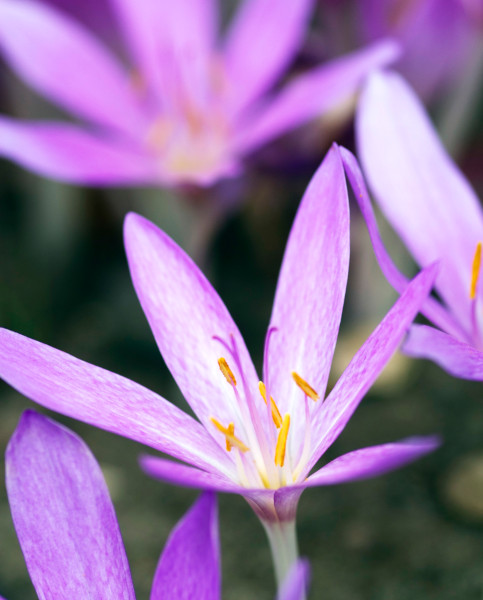
Where & when to plant Colchicum
As a cormous perennial these plants are well-suited to growing in containers, under trees, amongst shrubs or along walkways, adding a lift to the garden when summer blooms are starting to fade. Attractive to pollinators because they provide an excellent source of nectar later in the year, prior to insect hibernation. Often seen planted alongside spring flowering varieties purely as a gardeners’ reminder of where the spring flowering varieties are nestled, which helps avoid accidental over-planting, or damage to hidden spring bulbs.
The corms will produce flowers which grow to 15-20cm tall, dependent upon variety, and are excellent for both the outdoors and indoors. An unusual characteristic of Colchicum is if you cut them to bring inside your home - they do not need water! You can even grow the corms on a windowsill, in a saucer with no compost or water as they hold enough reserves to complete the growing cycle without assistance.
How to plant Colchicum
To plant autumn crocus corms, dig a hole 5cm deep and plant bulbs 15cm apart. All parts of the plant are poisonous, so wear gloves when handling the bulbs. The tops of the irregular shaped, dark brown corms should be positioned just above the level of the soil so in order they are just peeking through. It is worth mentioning Colchicums have an incredibly short shelf life, so it is common to see them already flowering when they are delivered. This will not have an adverse effect on their long-term health and vigour, and the ones which have not started to flower, should be planted as normal, taking care not to damage any emerging shoots. Those which have started to flower need to be removed from the bag and placed on a sunny windowsill. Once the flowers have faded, before the leaves develop, plant out as normal and they will continue their growth cycle in the ground.
Colchicum require a well-drained and humus rich soil, although they are unfussy on pH balance. Do remember to add horticultural grit or similar to an area where drainage may be problematic. Colchicum prefer a spot in full sun and, although they will cope with a degree of shade, though shade can make the flowers smaller and less prolific. Grow in any aspect but with a degree of shelter from blustery winds to avoid damage to the delicate flowers. Use a good, multi-purpose compost if growing in containers and ensure the corms do not get waterlogged as this will cause them to rot – once again add sharp sand or grit to the growing medium when planting.
Colchicum look superb when they are naturalised in a grassy area, and they will return year after year to form an incredible, floriferous clump.
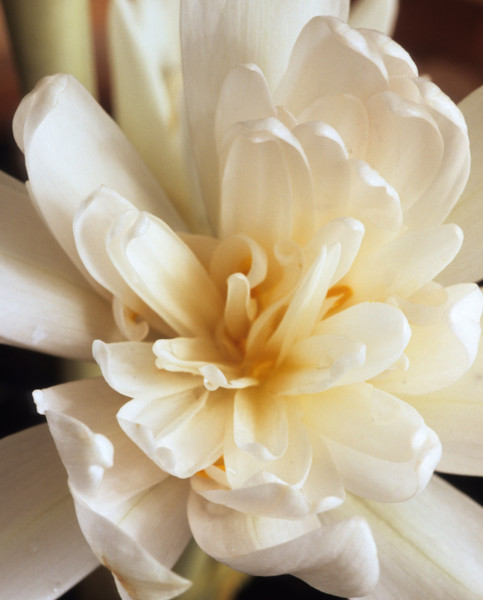
What to plant with Colchicum
Colchicum look amazing when planted as a drift amongst grasses or as part of a wildflower meadow. Try growing with Ophiopogon planiscapus Nigrescens for a natural style with a modern twist and for contrasting foliage. They also perform well as underplanting for roses and shrubs such as Cephalanthus occidentalis, or to enhance your containers alongside Asters or Helenium later in the growing year. Flowers range in colour from the palest of pink and purple to pure white, dependent on variety.
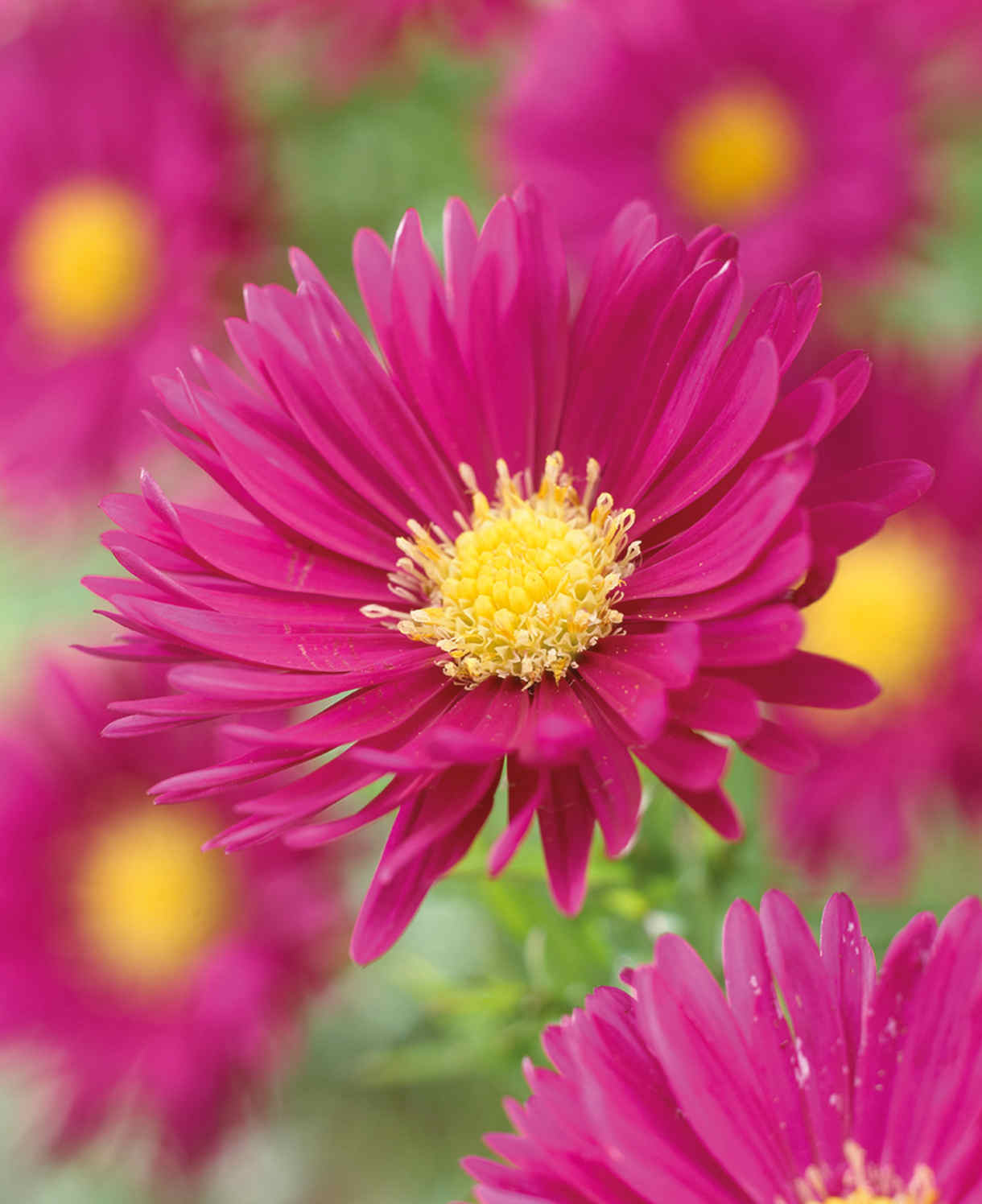
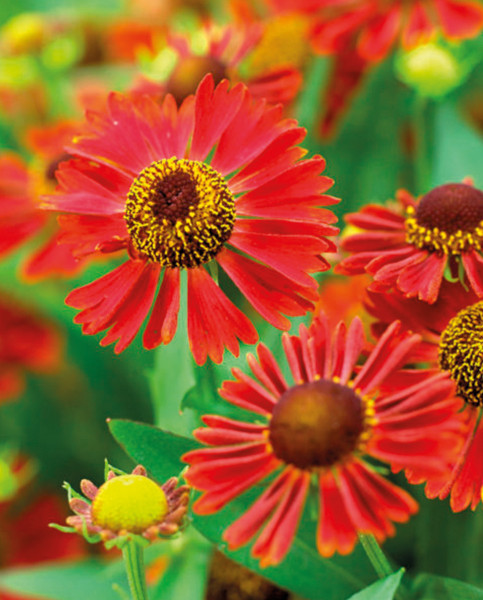
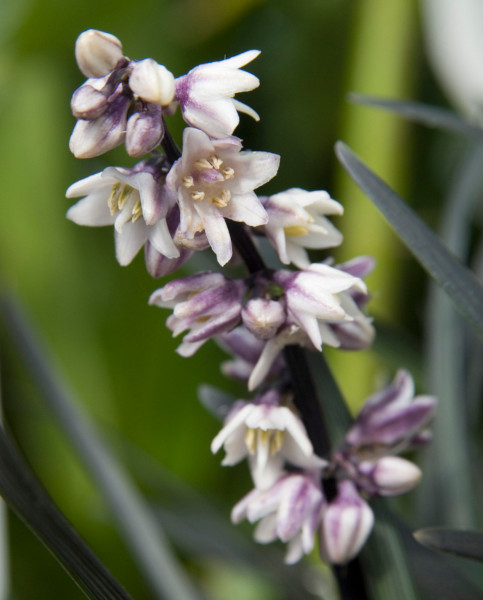
How to care for Colchicum
These rewarding little blooms are easy to grow and considered low maintenance. Colchicum require very little attention once planted although, to encourage the best blooms, the clumps should be lifted, split, and replanted every three to four years.
Colchicum do not need to be watered, even during a hot summer, as the first rain of the autumn will signal them to flower again. Additionally, they receive sufficient moisture from their environment, so there is no requirement for extra watering if it is dry.
As with most bulbs and corms, let the foliage dry and die back completely before tidying up. This ensures as much energy as possible is retained by the corm for the following year. It is equally important to remember if your Colchicum are grown in grass, not to mow until the foliage has completely died back.
How to propagate Colchicum
Urginea are imposing plants, creating a dramatic statement when planted alone, creating quite an impressive clump when they have naturalised.
However, when grown amongst grasses or interspersed Allium they look incredible.
When choosing companion plants, think about the growing conditions that are preferred by each plant. Maybe grow Urginia maritima with Allium Forelock, Moly or Hair – the almost globe-like spheres of blooms will hover above the foliage but will have faded by the time the Urginea flowers have fully developed so will not detract from the spectacle.
Whether grown in borders or containers, the period when the foliage is absent could be filled with a low growing, evergreen carpet of Delosperma Suntropics Purple, Copper or Red, which become covered with bright almost neon coloured daisy-like flowers from spring until the first frosts.




